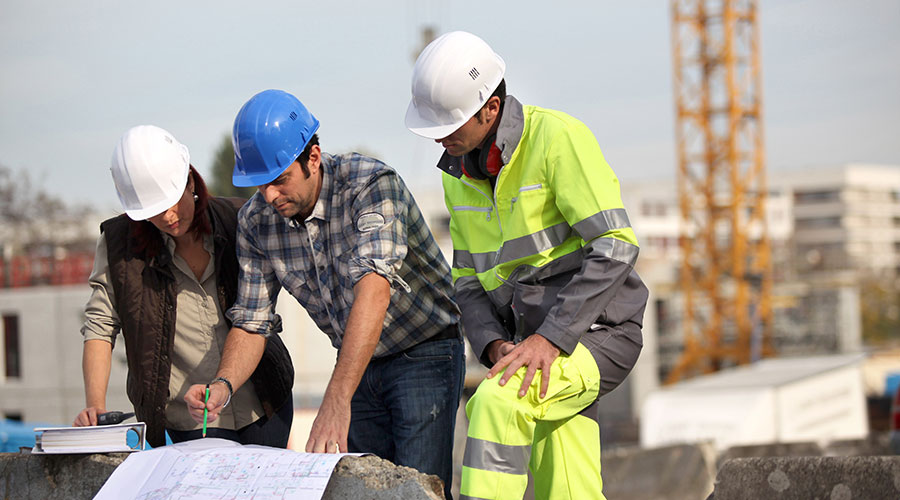Internet of Things Can Enable Smart Facility Environmental Controls
The term “smart” is being applied to everything from phones to glasses to watches to appliances. In most cases these tools have digital or electronic components that include protocols that support Bluetooth, near field communication, Wi-Fi Internet, temperature sensors, and other motion sensitive systems. This growing sector is often called the “Internet of Things.” It highlights the growing application of the Internet as it quickly jumps from computer browsers and cell phones and lands in the laps of everyone — including facility managers, who will be interested in how the Internet of Things can enable smart facility environmental controls, as well as the use of social media for maintenance and emergency response.
This is particularly true in shared space environments common in many public buildings or business parks. There is a constant presence of guests, employees, vendors, clients, and customers on every floor, suite, and wing of a facility complex. These individuals bring with them a multitude of mobile devices, tablets, and laptops that utilize and necessitate Wi-Fi systems that are above and beyond those utilized by internal systems. Moreover, there are an increasing number of so-called wearable technologies like health bands (e.g., Nike Fuel, Fit Bit) and augmented reality devices like Google Glass. These devices will only grow in use and application.
For example, Gartner, an information technology research and advisory firm, estimates that the Internet of Things will include 26 billion units installed by 2020 and will be connected to a revenue stream of approximately $300 billion. This estimate may be low, as Cisco’s projections are as high as 50 billion connected units. Either way, the projections indicate a near-universal adoption in the immediate future and clearly something that should be strongly considered.
The current and projected presence of these smart devices creates incredible complexity for managers of facilities of all sizes. They also represent a tremendous opportunity to engage with buildings in such a way as to make them like virtual living entities. Many facilities — regardless of size — have highly complex feedback mechanism for heating, ventilation, and other environmental systems. Moreover, some electrical systems have built-in systems to conserve energy. But in the end, these facility systems take significant resources to maintain and manage.
There are, however, ways to make these systems smarter and to collect and aggregate data from multiple open sources to better understand the needs and capabilities of a given system.
While many commercial buildings already have complex systems with motion-activated sensors to reduce energy use and create sustainable environments, there are emerging ways to create even more efficient and effective systems that utilize social and digital systems. The most well-known example of this type of “smart” device is the self-learning programmable thermostat. These types of devices are created to observe, detect, and monitor complex patterns — like the behavior of those using the space — rather than simple readings like temperature and humidity. This detection capability allows the device to identify patterns and thus automatically adjust settings to reduce temperature and lighting levels to minimize energy use and occupant complaints (e.g., “It’s too hot in here”). While some of these systems may not be appropriate for large commercial buildings, they may be an well worth consideration for smaller buildings with independent or nearly independent occupancy.
Comparable products are available for smoke and carbon monoxide detecting. Similar to the thermostat, the smoke detector uses smart technologies to monitor the status of batteries and sensors and ultimately reduce the number of false alarms (e.g., burnt toast in a shared kitchen space). Moreover, when the system is activated, a message is sent to a mobile phone or tablet to alert the operator of the alarm in the space.
Related Topics:










